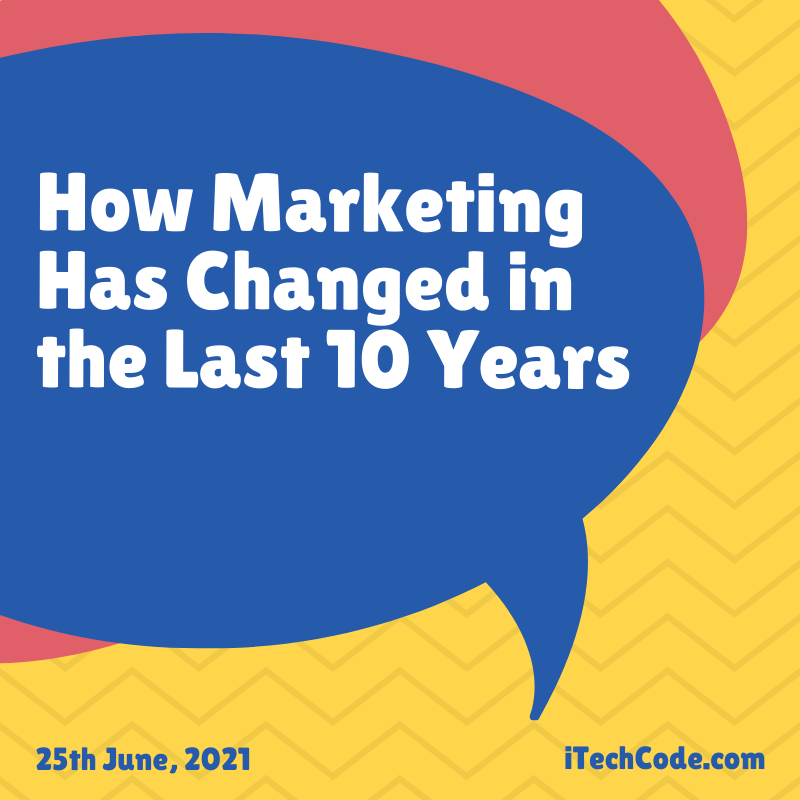Marketing is a fast-changing industry and has a steep learning curve because of it. Keeping up with the changes and adapting the strategy to fit modern standards is key. Undeniably, it underwent many changes when compared to a decade ago, with technology driving growth and the rise of a new type of marketing – digital.
We’ll compare and contrast these changes in marketing through the evolution of mediums – from advertising, SEO to e-commerce.
E-commerce
When the pandemic hit, everyone had to stay at home. It seemed that one of the favorite past-times included online shopping, with warehouses being extremely busy with order fulfillment. Even the companies that traditionally relied on brick-and-mortar stores to generate sales turned to e-commerce. For example, car showrooms had to close, so automotive businesses looked for other ways to maintain their revenue and one of the solutions was e-commerce. Showing their car stock online and allowing people to buy it right away on the website was a step in the right direction.
Particularly, mobile shopping has grown exponentially. E-commerce email marketing platform Jilt found that in 2010, the share of mobile shopping was only 1.3% in the US, while in 2019 it reached 44.7%. It is apparent that there is a shift happening right now and it’s predicted that online shopping will only increase with years.
Advertising – What Changed?
Advertising nowadays is more focused on digital, particularly through search engines, such as Google and various social media channels including Facebook, Instagram, LinkedIn, YouTube, and countless other platforms. According to statistics on eMarketer, digital ad spends in the US has overtaken the traditional mediums, such as TV, billboards, and radio, in 2019 and is predicted to grow even further.
The variety has also increased as there are more channels than ever before to target the perfect customer. The hurdles that traditional marketing faces include higher advertising costs, which limit how many advertisers can use their platforms. It also is a one-way conversation, the opposite of social media advertising, where businesses can connect with their potential customers via comments or even private messages.
The days of plastering loud banner ads on websites are over – and instead, the more sophisticated and targeted ads have taken place. As an example, retargeting has become an increasingly popular way to bring back people that have interacted with the ads, but for some reason dropped off the funnel. Thanks to the Analytics, you can use a hyper-targeted approach, and even see what sort of page and products they viewed & then create custom offers to target them.
Search Engine Optimisation (SEO) Changes
Google is a major player in the search engine scene, with Statista quoting that the market share it takes up is a whopping 92.05%. As such, Google has introduced and altered many algorithms so that the users would have the best experience.
Ten years ago, it was relatively easy to rank at the very top, first-page positions. All you had to do was repeat keywords enough times or hide them in code and churn out low-quality content, without even thinking about the user’s search intent.
Building shady links through blog comments or link schemes/farms was another common black-hat tactic until the Penguin update was rolled out targeting these types of links. Also, Google has introduced a major algorithm called Panda, which ensured that the content focusing on quantity rather than quality was pushed down or even penalized.
Now, Google is smarter and uses PageRank (PR), which evaluates websites on hundreds of ranking factors that it keeps secret. The days of keyword stuffing are over and trying to create a genuinely good on-page user experience is what should be a priority if businesses want to rank at the top.




You can also stay updated by subscribing to iTechCode.